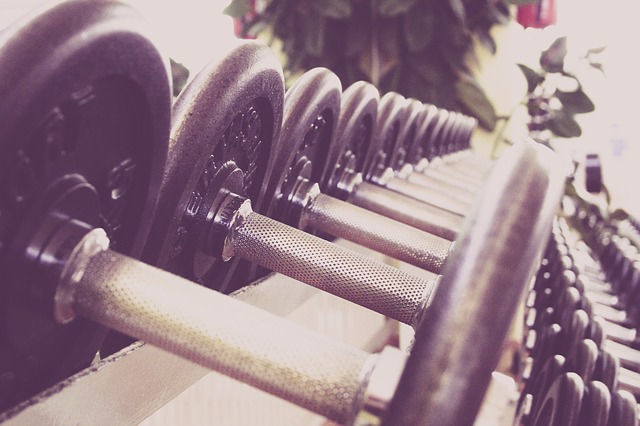During a round of volleyball you perform various movements that put a considerable amount of strain on your joints. The repetition of movements such as spiking, squatting, lunging, and digging can be stressful on your ankles, fingers, back, and shoulders. The stress from the repetitive motions not only increases your chances of injury, but can also easily aggravate an old injury. But by warming up and stretching properly, you can successfully prepare your body for some beach volleyball action.
Nobody likes to be injured, but you can decrease your chances of injury and improve your athletic performance at the same time by warming up and stretching before you play. This is essential for every beach volleyball player, as having an effective stretching routine can help improve your performance, prevent injuries from occurring, and can also help minimize any muscle imbalances. The repetitive motions in volleyball often lead to muscle stiffness, as well as overuse injuries, but with proper stretching techniques, you can help counteract any flexibility problems you may receive from performing these repetitive tasks. If you are new to volleyball, or just in need of a refresher, check out our beach volleyball stretching guide to learn how to properly prepare your body.
Warm Up Before You Stretch
Before you do any type of stretching you should first warm up your body. You can do this by warming up with at least five minutes of cardio. This can be done by pedaling on a stationary bike, going for a jog, doing jumping jacks, or even jumping rope. Remember, the best time to stretch is when your muscles are relaxed and warm!
The Differences in Stretching
Since beach volleyball is a dynamic sport, you will need to do both dynamic and static stretches. Dynamic stretches are done as part of your pre-workout/pre-game warm up, while static stretches are generally done afterwards during cool down. Dynamic stretching is best for activating your muscles for game play, and will help prepare both you and your muscles for the action. While on the other hand, with static stretches you will hold the stretch in order to help increase the range of motion in your muscles.
Dynamic Stretches
Since volleyball is a dynamic sport, you should use dynamic stretches before you play to help warm and wake up your muscles. Dynamic stretches simply means that you are moving with the stretch. This type of stretching is beneficial to volleyball players because it uses movement as the way to train and condition your muscles, and it combines both flexibility training with mobility since it moves your muscles through a familiar range of motion. A few examples of dynamic stretches include, shoulder rolls, hand-walks, walking forward/backwards lunges, bar ducks, as well as forward and side leg swings. This type of stretching can also be combined with light cardio. For example, during your warm up jog you can continuously swing your arms, or jog while performing butt kicks or high knees.
The Rules:
• Warm up with some light cardio FIRST, then stretch while your muscles are still warm. However, you can combine the two.
• As you move through your range of movement, it is important to keep control of the movement of your muscles. Don’t ever allow momentum to take control by “throwing” or “flinging” the parts of your body around. Be in control and aware of how you are moving your muscles.
• You should NEVER feel pain, only a light resistance in your muscles. Stop training and see your doctor if you experience pain while stretching.
• Begin dynamic stretches by doing slow, low intensity movements. Only once you begin to warm up should you increase your speed. Start slow and gradually progress to full-speed movements.
Static Stretches
This is the stretching you do after a game, practice, or workout. This is typically done during the cool-down phase to help improve your flexibility. At this point, your muscles are fully “warmed” up and are able to be stretched beyond their usual range of motion by using the reach-and-hold technique of stretching. This will also help improve the flexibility of your shoulder, hip, knee, and ankle joints. However, in order to avoid over-stretching and injuring the muscle, it is vital that you avoid abrupt bouncing, as well as quick, repetitive movements.
The Rules:
• Only do static stretches once your muscles are warmed up. This can be after a workout or practice, or even during resting periods.
• Once again, you should never feel pain, only a slight resistance.
• Slowly take your muscles to the end of their range and hold the stretch. Make sure while you are holding the stretch, you are not making any abrupt movements or bouncing.
• You will want to hold each stretch for at least 20 seconds, and repeat each stretch 3-4 times.








